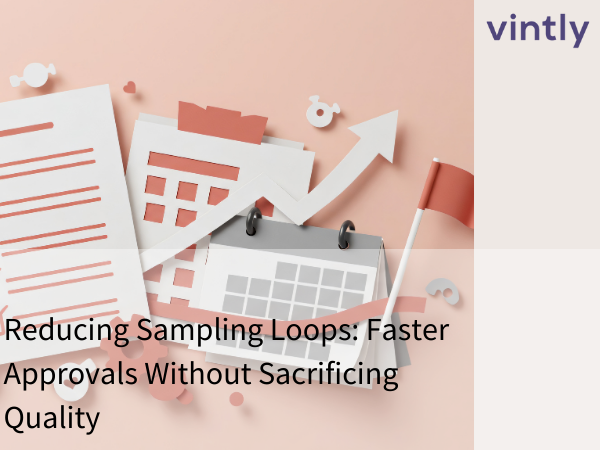Mastering Supplier Communication: Templates for Fashion Brands
Effective communication with suppliers isn’t just “nice to have” — it’s critical for delivering quality, keeping schedules, and maintaining strong relationships. Yet for many fashion brands, miscommunication leads to delays, errors, and strained partnerships.
Let’s explore how brands can step up their supplier communication game using structured templates and proven strategies.
Why Clear Communication Matters
The fashion supply chain is intricate—with multiple stakeholders, shifting priorities, and tight timelines. Hybrid conversations (emails, calls, messengers, spreadsheets) can create confusion and wasted time. Worse, a misread instruction on fabric color or packaging specs can mean an entire shipment goes wrong.
Structured communication helps avoid these problems. It ensures expectations are clear, feedback isn’t lost, and actions can be measured and repeated—building operational resilience and trust with suppliers.
Three Essential Communication Templates
Here are three templates every fashion brand should include in their toolkit:
1. Initial Onboarding Template
Purpose: Set clear expectations from day one.
Includes:
- Supplier contact info & primary communication channels
- Production specs: materials, SKUs, quality standards
- Lead times, packaging requirements, and sample process
- Points of escalation and approval workflows
2. Weekly Status Update
Purpose: Keep progress flowing smoothly with minimal surprises.
Includes:
- Current production stage (e.g., cut, sew, finish)
- Quality check results (inline vs final inspections)
- Shipment planning & estimated ship date
- Open issues, delays, or risks to schedule
- Action items and responsible parties
3. Issue Resolution Template
Purpose: Open a clear dialogue when something goes wrong.
Includes:
- Description of the problem (photos attached!)
- Reference order/PO number, date, product details
- Suggested solutions or corrective actions
- Timeline expectations for fix
- Follow-up steps and accountability
These templates help reduce confusion, drive accountability, and build mutual respect—leading to faster resolutions and fewer production errors.
Best-in-Class External Insight
In a recent article, Vogue Business reports that stronger supplier–brand communication has been a key factor in improving long-term relationships. Brands using well-defined collaboration tools saw a rise—from 26% in 2019 to 43% in 2023—in strategic supplier partnerships.
This shows that systematic communication isn’t just operational—it's strategic.
Making It Work in Your Supply Chain
Creating templates is just the start. To make them effective:
- Standardize across teams. Ensure everyone uses the same templates and guidelines.
- Use shared channels. Centralize templates via cloud-based software (not buried in inboxes).
- Track performance. Include key dates and deliverables in your shared tool.
- Review & refine. Regularly update templates based on supplier feedback or audit findings, as explained in our post:
How to Achieve Full Supply Chain Visibility in Fashion
Final Thoughts
Structured supplier communication—built on simple, clear templates—helps fashion brands avoid costly errors, gain agility, and build stronger partnerships. It’s not about rules—it’s about respectful, efficient collaboration.
Ready to streamline your supply chain and build trust from the first email? Start with a template—it’ll transform how you work with suppliers.
.png)


